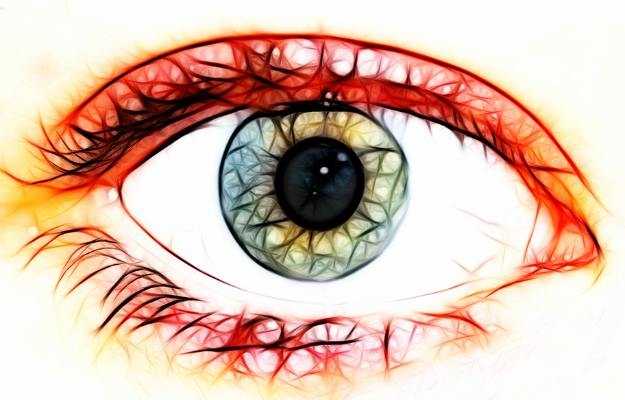What is arteriosclerotic retinopathy?
Arteriosclerotic retinopathy refers to a condition in which the blood vessels which supply oxygen to the retina of the eyes are damaged. Retina is a thin membrane present at the back of our eyes that enable us to perceive what we see in our environment as images. Thus, it is a light-sensitive membrane. Disruption of this oxygen supply to the retina due to narrowing of the optic artery leads to arteriosclerotic retinopathy.
What are its main signs and symptoms?
In the early stages of retinopathy, no symptoms may appear. However, they may be detectable during an eye check-up.
Some symptoms of retinopathy include:
- Blurred vision
- Eye pain
- Seeing spots
- Abrupt and sudden vision loss
- Double vision
- Flashes
- Dark areas in the field of vision
These symptoms are more likely to be seen in the progressive stages. More advanced stages of retinopathy may lead to serious complications such as blindness.
What are its main causes?
Although retinopathy can have different causes, arteriosclerotic retinopathy is caused due to atherosclerosis, in which there is a build-up of fatty deposits known as plaque on the inside of the arteries that supply the retina. It causes the hardening or furring of retinal arteries.
How is it diagnosed and treated?
The diagnosis can be primarily made on the basis of symptoms. However, regular eye check-ups play an instrumental role in detecting retinopathy in the early stages. A detailed medical history and physical examination including reading eye charts help to diagnose the condition. Retinal examination using an ophthalmoscope, retinal digital imaging and fluorescein angiography might be done to confirm the diagnosis.
Treatment of retinopathy primarily focuses on strict management of the underlying condition and prevention of retinopathy. The damage to the retina can be permanent, so it is absolutely essential that individuals with atherosclerosis go for regular eye check-ups and follow the treatment routine for the underlying, causative health condition (in this case, atherosclerosis).
In case retinopathy has already occurred, treatment will depend upon the severity, symptoms and age of the individual. Surgery may be performed in advanced stages to restore vision.
















